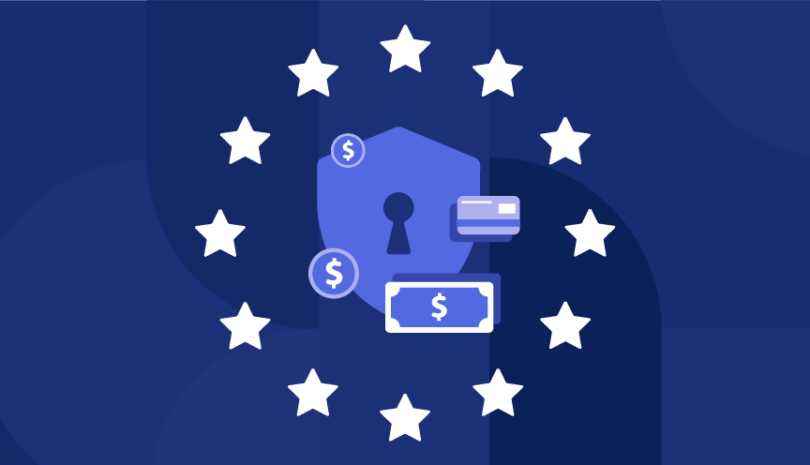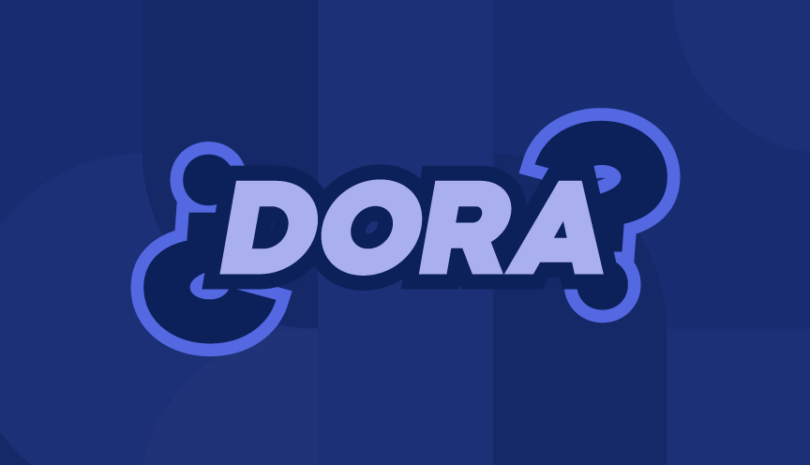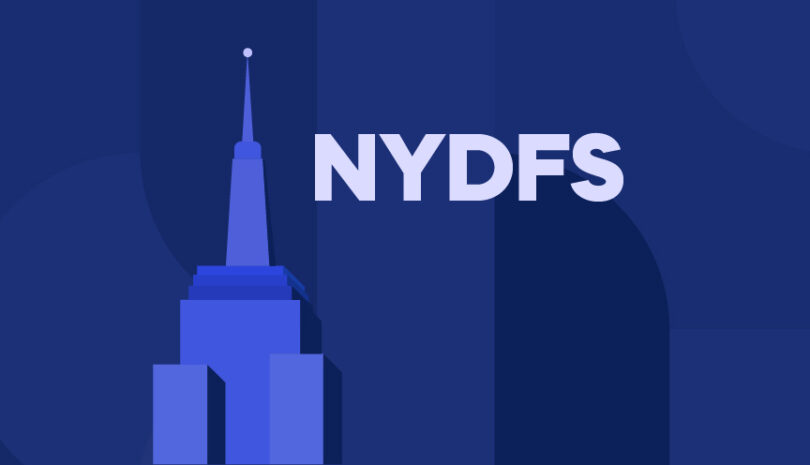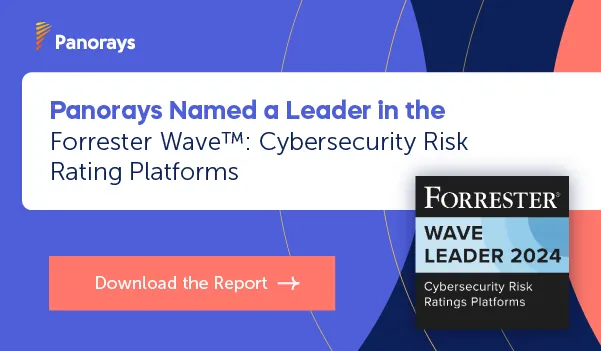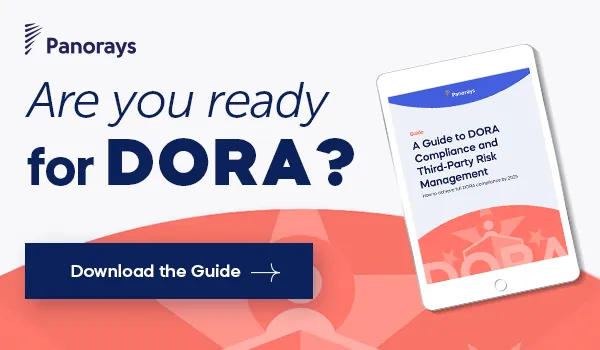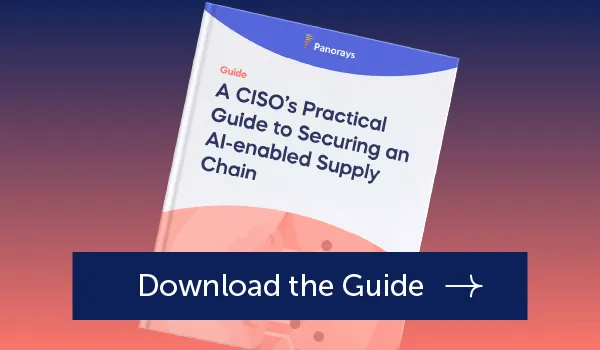When most people hear the three letters CIA in succession, they think about the U.S.’s Central Intelligence Agency. But the CIA Triad actually has nothing to do with the United States government. It does, however, have everything to do with security.
What is the CIA Triad?
CIA is an acronym that stands for confidentiality, integrity, and availability. In the field of information security (InfoSec), the CIA Triad forms the foundational cornerstone of any organization’s security infrastructure. It’s the base upon which everything else rests. Without a strong CIA Triad in place, everything else will crumble. With organizations’ heavy dependence on third parties, you need to understand and verify your vendors’ approach to the CIA Triad as well. This enables you to properly and accurately assess their cybersecurity posture.
Why is the CIA Triad Important?
How important is the CIA Triad? Look back at any information security problem or breach you’ve had in the past (or take an example from another company in your industry) and you’ll find that one or more of these principles have been violated. It doesn’t matter if it’s data leakage, a phishing attack, a compromised account, or a hacker infiltrating your website –
virtually every incident can be traced back to an issue with confidentiality, integrity and/or availability.
Speak with any InfoSec professional and they’ll tell you that all threats and vulnerabilities are evaluated (at a fundamental level) based on the potential impact they have on each element of the CIA Triad. Based on this evaluation, the security team is able to implement the proper controls to reduce risk, neutralize threats, and increase the safety of the organization.
CIA Triad: Confidentiality
Confidentiality is the first corner of the CIA Triad. It refers to the organization’s efforts to protect sensitive data and keep it away from individuals and entities that have no reason for accessing it. The goal of confidentiality is to control access to data so that there’s no unauthorized disclosure.
As a baseline, confidentiality is rooted in the premise that only those who are authorized to have access to a specific asset should be able to access it. Everyone else should be prevented from obtaining access.
Practically speaking, the challenge is figuring out who to grant access to and how to ensure all non-authorized users are kept out. This has ramifications both internally and externally.
Obviously anyone outside of the organization doesn’t need access to confidential information. This of course includes third parties. But the bigger challenge is figuring out how to limit internal access and implement proper controls so that data is accessed purely on an “as needed” basis.
Confidentiality can be violated in a variety of ways, including through direct attacks and human error. A direct attack is an intentional, malicious action by which someone attempts to gain unauthorized access to an application, system, or database in order to steal or tamper with data (For example, man-in-the-middle attacks are a common type of direct attacks).
Human error is unintentional and, in some ways, more difficult to plan for. Examples include weak passwords, sharing of user accounts, theft of physical equipment/devices, and failure to encrypt data.
Confidentiality can be ensured using numerous strategies. Proper training will reduce most human error issues, while advanced systems, processes, and tools can combat direct attacks. Some ways to ensure confidentiality include user IDs and passwords, two-factor authentication, biometric verification, and security tokens.
At the end of the day, strong access controls are usually enough to prevent issues in this area.
Here are the types of questions you should ask when assessing your third parties’ approach to confidentiality:
- Do you encrypt data both at rest and in transit?
- What data do you share with this vendor and what controls do both parties have in place to safeguard it?
- How are your employees trained regarding confidentiality?
- What type of incident response system or procedure do you have in place in the event of a data breach that involves confidential information?
CIA Triad: Integrity
In the world of information security, integrity refers to the process of ensuring that data hasn’t been tampered with or compromised. It’s a way of judging the trustworthiness of a database, system, or network.
Integrity is especially important from a consumer-facing perspective. Customers and clients expect a high degree of integrity from the companies they do business with and will take their business elsewhere if they can’t trust you.
Take a banking client as an example. That client has an expectation that when she puts money into her account, the correct balance will be displayed in her online dashboard and that her private information will not be tampered with.
Integrity can be compromised in several ways. Much like confidentiality, it can be affected via a direct attack (tampering with detection systems or changing system logs to avoid being detected), or as a result of unintentional human error (weak passwords, coding errors, or a simple lack of care).
One of the key principles in maintaining integrity is the concept of non-repudiation—also known as the inability to deny a material fact. So in addition to using encryption, digital certificates, auditing, and other access control mechanisms, it’s wise to implement digital signatures and blockchain protocols. These prevent situations where one party tries to deny something. The result is greater integrity.
Here are the types of questions you should ask when assessing your third parties’ approach to integrity:
- What measures do you have in place to ensure data consistency accuracy and trustworthiness over the entire data lifecycle?
- If data is compromised, what kind of data backup procedure do you have to restore data to its original state?
- Do you have a system in place for data validation and error detection?
CIA Triad: Availability
Finally, we come to the third corner of the CIA Triad: availability. In the simplest terms, availability refers to the degree to which systems, networks, software, and applications are available when and how people need them. It’s about ensuring uptime so that users have both timely and reliable access to the resources that they need.
This might seem like more of a technological infrastructure issue (rather than an InfoSec one), but it extends in both directions. Yes, hardware or software failure can lead to downtime. But so can denial-of-service attacks, for example.
The key to maintaining availability is to implement the proper countermeasures that include features like regular software patching and system upgrades, hardware fault tolerance, redundancy (in networks, applications, servers, and servers), denial-of-service protection solutions, disaster recovery plans, etc.
Here are the types of questions you should ask when assessing your third parties’ approach to availability:
- Do they have a business continuity and disaster recovery plan in place in the event of an attack?
- How frequent are your backups and how quickly can you restore data?
- What process or systems do you have in place to stay informed of evolving threats that may impact availability?
When Should You Use the CIA Triad?
Use cases for organizations the CIA Triad include deciding upon the most effective methods for authentication and authorization, safeguarding sensitive data, ensuring the security of new devices, and the evaluation of any new security tools.
The CIA Triad also has specific use cases for effective vendor management, including:
- Establishing data-sharing agreements that protect confidentiality and conducting regular audits to maintain compliance
- Ensuring the vendor has implemented proper access controls such as RBAC and MFA and regular review of access logs to prevent unauthorized access
- Establishing processes for code review, version control and change management to ensure software integrity.
What is an Example of the CIA Triad?
Let’s take an example of applying the CIA Triad to an online banking system. In terms of confidentiality, the online banking system would need to both encrypt its data and implement security controls such as MFA and to ensure the sensitive data is only accessible by authorized users. For integrity of data, it would have to implement transaction logging to record the amount of money transferred from account to account. It would also want to have checksum and hash functions to ensure the data isn’t altered on route. Finally, it would need to ensure availability through DDoS protection and redundant systems to maintain operations in the event of an attack.
Strengthen Your CIA Triad With Panorays
It could be argued that big data is the most significant threat to confidentiality, integrity, and availability within your organization. Based on the massive amount of data and the multiplicity of sources, it’s hard to account for every possible scenario. And the only way to come close is by aligning your organization with the appropriate solutions and partners.
At Panorays, our objective is to simplify and streamline third-party security risk management by making it easier for you to evaluate vendors and proactively avoid issues and threats before they compromise your organization.
For more information or to see how our solution works, please request a demo today!
CIA Triad FAQs
-
The CIA Triad is the foundation of information security since every security issue can be linked to one of its three tenets. CIA is an acronym that stands for confidentiality, integrity, and availability.
-
The most important part of the CIA Triad depends on the needs of that particular company. A healthcare company dealing with PHI data would probably consider confidentiality to be the most important part of the CIA Triad, while an e-commerce company would probably consider it to be availability.
-
The CIA Triad can be violated in many ways. Confidentiality can be violated through failure of employees to use strong passwords, not encrypting data, and sharing user accounts. Integrity can be violated through attackers who modify configuration files, coding errors, or inadequate company data policies. Availability can be violated through natural disasters, cybersecurity attacks, or a software update.
-
The CIA Triad is used in risk management policies, such as deciding which security controls to implement, security incident response and to ensure adherence to compliance and regulations.
-
The CIA Triad is the foundation for information security and provides a framework for any risk management policy. By ensuring the confidentiality, integrity, and availability of its data, it aims to protect sensitive data, maintain trust with stakeholders, and improve the resilience of their operations.

